Controlling Mosquito Larvae in Water: The Basics on Mosquito Larvicides
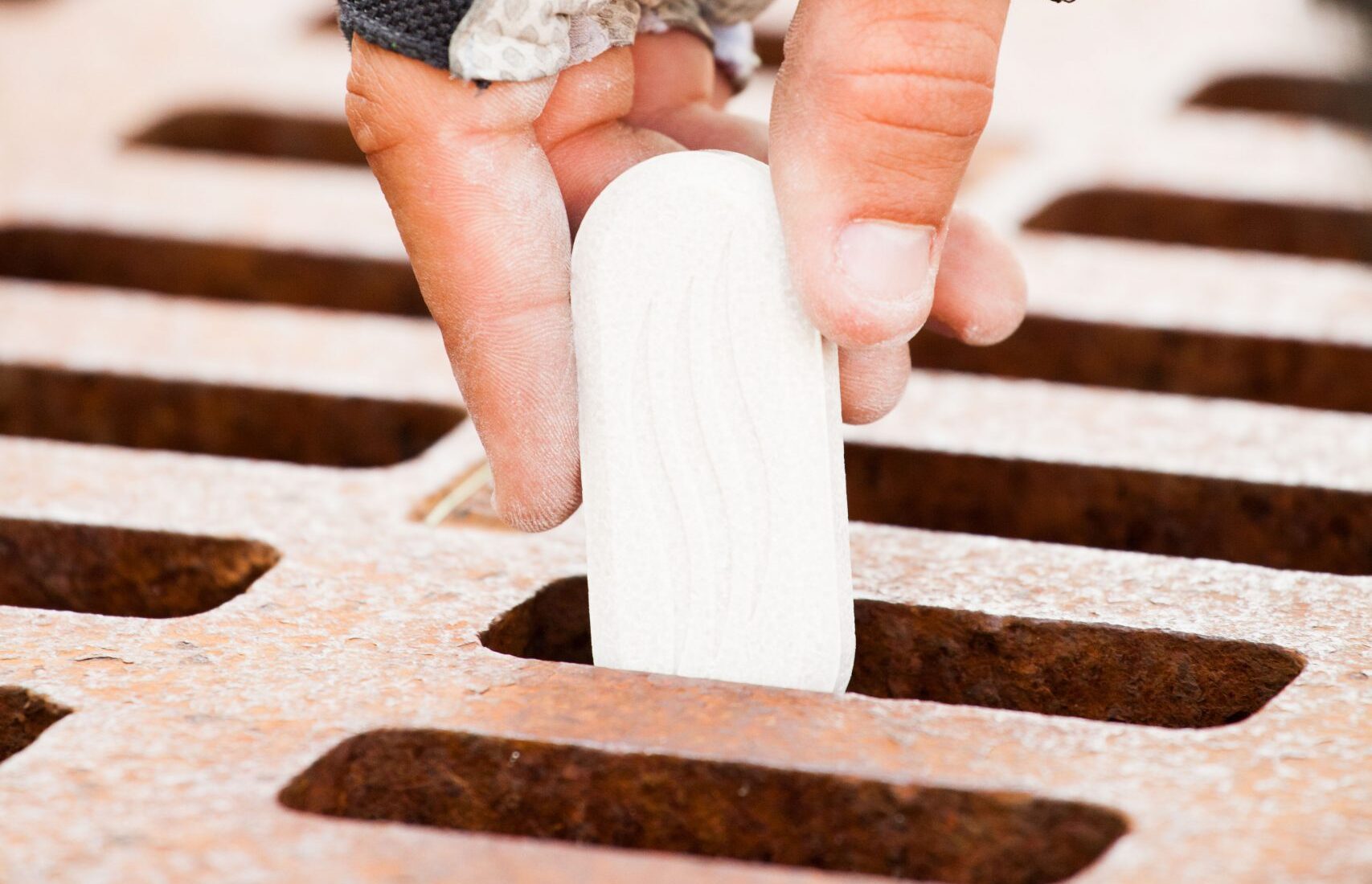

According to the Joint Statement on Mosquito Control in the United States from the U.S. Environmental Protection Agency (EPA) and the U.S. Centers of Disease Control and Prevention (CDC), “…The greatest control impact on mosquito populations will occur when they are concentrated, immobile and accessible.” This emphasizes the importance of controlling mosquitoes at their larval, aquatic-based development stages, before they emerge as flying, biting adults. Larval mosquito control products, commonly called larvicides, are applied to water sources used for mosquito breeding and prevent larvae from becoming flying and biting adults.
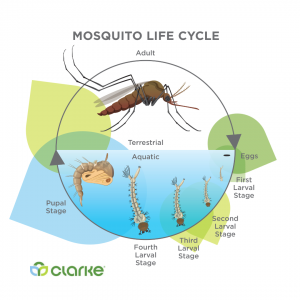
At first glance, the upfront cost of larval control products can appear to be prohibitive. But larval mosquito control, when done correctly, may reduce the number of adult control treatments needed to deliver and maintain nuisance and disease control in your district or county. In fact, one mosquito control program in Florida found they could nearly eliminate adult control applications once they began implementing larval control as a core part of their mosquito management program.
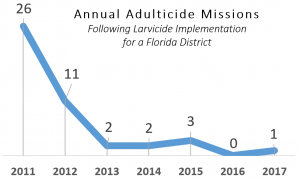 The simplest answer is, the best time to use larval control products is when you have active or anticipated mosquito breeding in a water source. However, knowing this is more nuanced – taking into consideration your region and climate, habitat types, species mix, and inspection and surveillance work, plus historical data on breeding activity and arbovirus disease cycles. Regardless of all these factors, the common denominator for mosquito breeding is always standing water.
The simplest answer is, the best time to use larval control products is when you have active or anticipated mosquito breeding in a water source. However, knowing this is more nuanced – taking into consideration your region and climate, habitat types, species mix, and inspection and surveillance work, plus historical data on breeding activity and arbovirus disease cycles. Regardless of all these factors, the common denominator for mosquito breeding is always standing water.
Larvicides are often used early in an integrated mosquito management program to suppress overall populations. Ultimately, treating mosquito breeding water sources with larval control products helps limit the number of adult mosquitoes that will fly and bite, therefore reducing nuisance levels and the potential for endemic arbovirus disease cycles, like West Nile Virus.
There are four main active ingredients and modes of action available among EPA-registered larval control products for public health mosquito control.
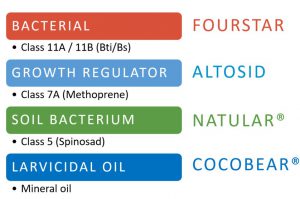
Generally, larvicide product options will fall into two categories related to the length of control:
You will find larvicide products come in many formulations, such as tablets or briquets, liquids, and varying types of granular products, among others. And, they can be applied in many different ways, including by hand, through air blast equipment, and even from airplanes, helicopters, and drones. There is no one “right” formulation or application method. The beauty in all this variation is that you have options for all species, all breeding habitats, and all application sites.
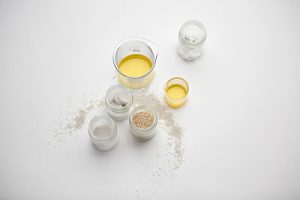
Wondering if your program has optimized the use of larvicides for proactive mosquito population suppression? Our mosquito control experts are here to help. Ask us for a free consultation here.